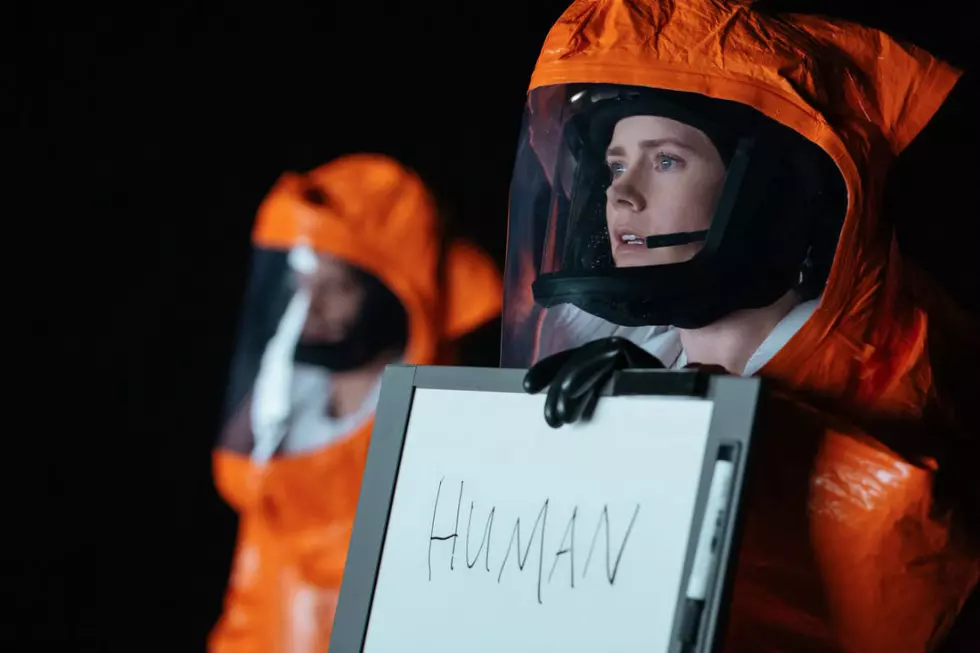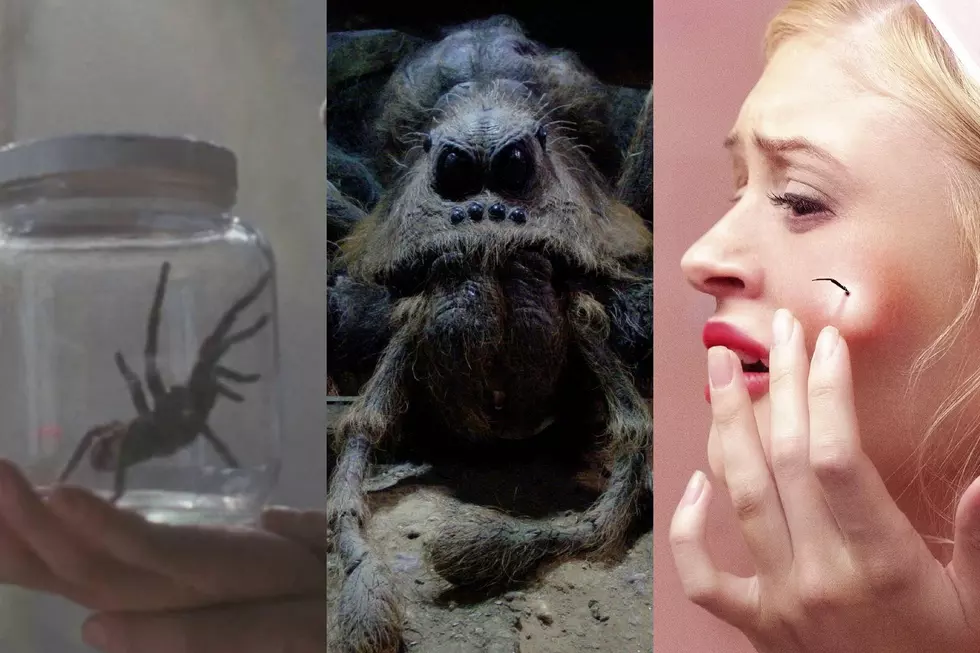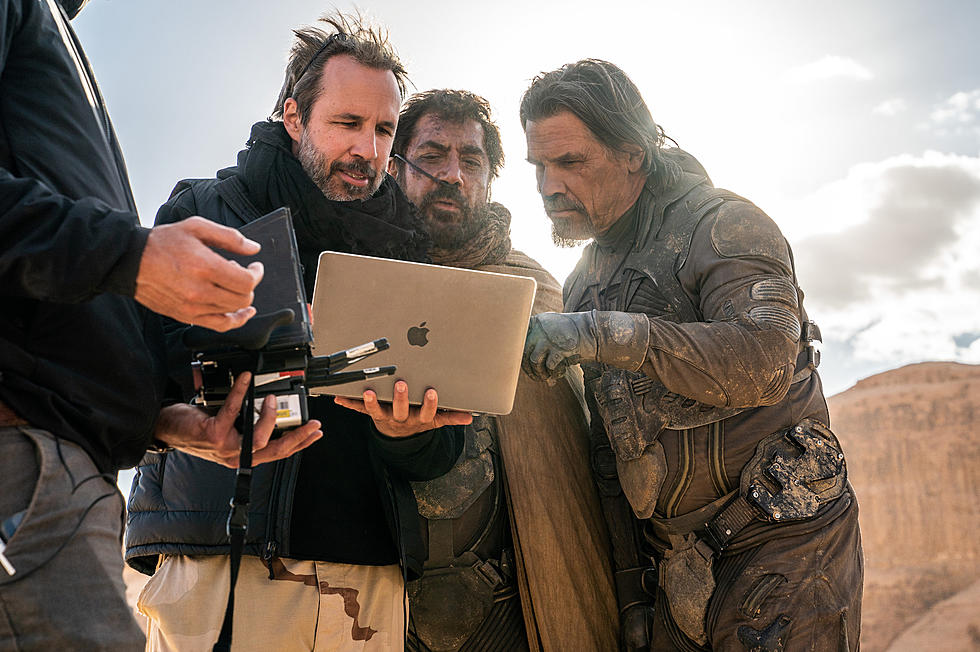
Get a Proper Introduction to the Original Concept Art for the Aliens of ‘Arrival’
Denis Villeneuve’s outstanding Arrival has wowed audiences and earned critical plaudits with its philosophical approach to sci-fi, its unusually deft look at linguistics, and its fundamental Amy Adams-ness. But plenty of attention has also been paid to the unusual design of the aliens that land on Earth and set off the events of the film, dubbed ‘heptapods’ by Adams’ character due to their seven-legged squid-like physiology, and to a lesser extent, because Adams is one hep cat. The heptapods, all silent and faceless and ash-colored, must be the most memorable aspect of this marvelous film, and yet they did not always look this way.
A new item from CinemaBlend sheds a little light on the early visions for the aliens of Arrival and their interplanetary ships as well. The heptapods as we know them were designed by Carlos Huante, a name you may want to keep an ear out for at the Academy Awards later this year (and Meinert Hansen, who designed the final alien spaceship). But the original iteration of the creatures came courtesy of fellow artist Peter Konig, and were worlds apart from the cephalopod-looking extraterrestrials. On ArtStation, Konig shared a treasure trove of concept art for the aliens, their ship, and the inner chamber where much of the film’s action takes place.
Update: Konig's concept art has been removed from this post per the request of Paramount.
The heptapods originally had a much more billowy, wraithlike design, evincing something closer to the alien of Alien than a massive black squid. Konig also toyed around with a lighter design, sticking with the ghost-ish body type. As for the ship, the massive clamshell structure was originally envisioned as something more spherical, with Konig trying on both a high-polish reflective finish and a rock’s texture for the exterior. Not much changed about the interior, however; just as in the film, the humans tremblingly approach a glowing square membrane that separates them from the aliens.
Design makes or breaks a film like Arrival, and while the look of the final cut has been more than satisfactory, it’s still neat to get a peek at the film that could’ve been, and never will be.
More From ScreenCrush









